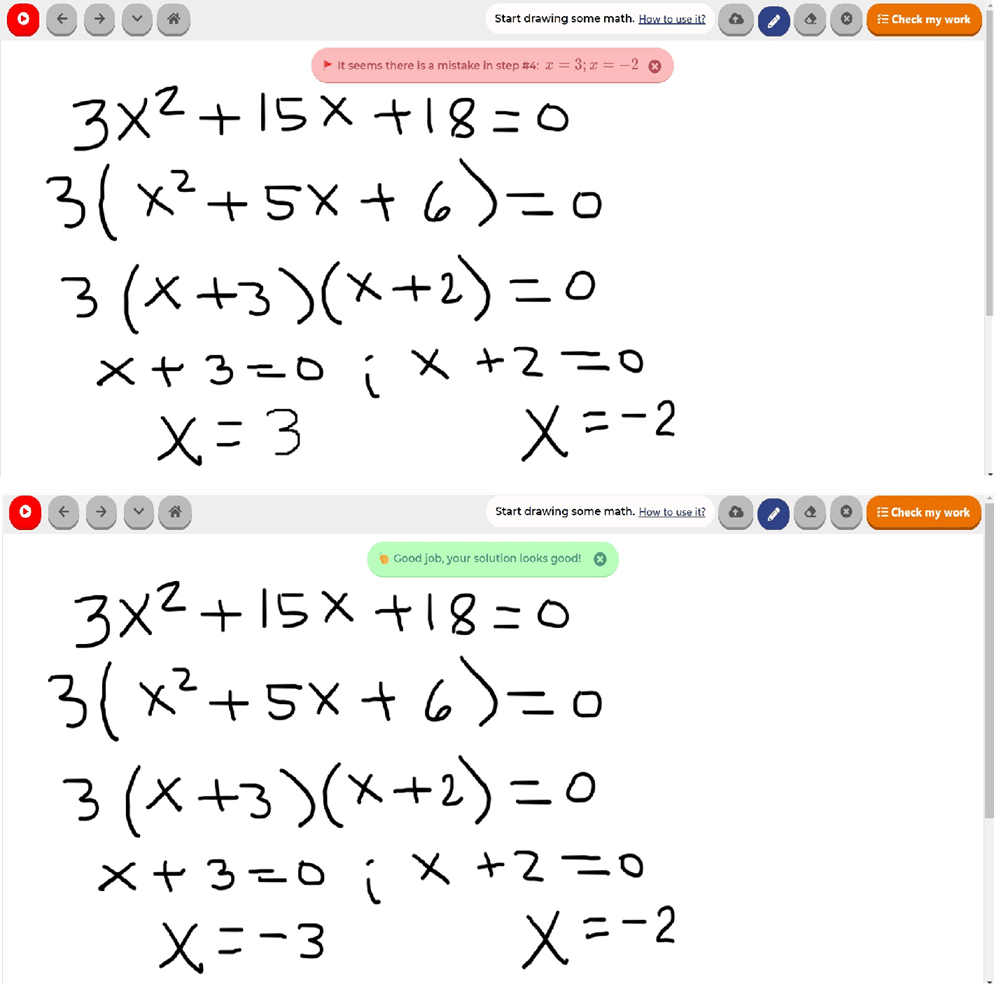Final answer to the problem
Step-by-step Solution
How should I solve this problem?
- Choose an option
- Find the derivative using the definition
- Find the derivative using the product rule
- Find the derivative using the quotient rule
- Find the derivative using logarithmic differentiation
- Find the derivative
- Integrate by partial fractions
- Product of Binomials with Common Term
- FOIL Method
- Integrate by substitution
- Load more...
The derivative of a sum of two or more functions is the sum of the derivatives of each function
Learn how to solve implicit differentiation problems step by step online.
$1+\frac{d}{dx}\left(e^{\left(xy-2\right)}\right)$
Learn how to solve implicit differentiation problems step by step online. Find the derivative d/dx(x+e^(xy-2)) using the sum rule. The derivative of a sum of two or more functions is the sum of the derivatives of each function. Applying the derivative of the exponential function. The derivative of a sum of two or more functions is the sum of the derivatives of each function. The derivative of a function multiplied by a constant is equal to the constant times the derivative of the function.
